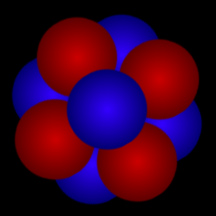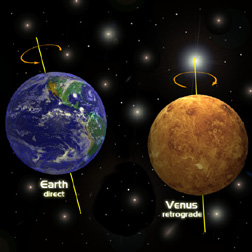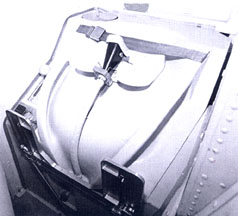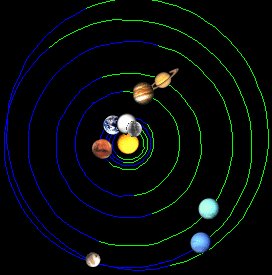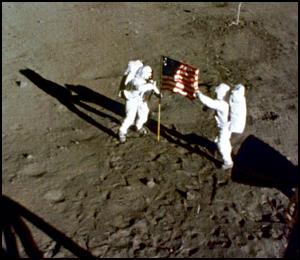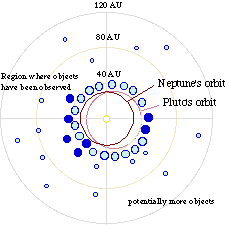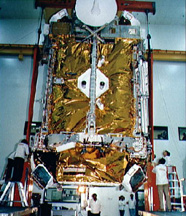Why are atoms "smashed" in an accelerator? What is learned by thatprocess? Why doesn't it set off a chain reaction like an atomic bomb?What is the difference between "smashing" and "fusion"? Since theydismantled the project here in Texas, I always wondered what was intendedto be learned by such a costly project.
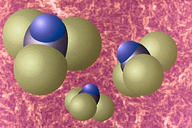
Actually they don't "smash" atoms in accelerators anymore, but even when they did the purposes were the same. What are "smashed" in accelerators now are generally protons, anti-protons, neutrons, electrons, and positrons. It's done by creating counter-circulating beams of the particles of interest and intersecting them at certain points in the accelerator where the detectors are located. The scientists are trying to figure out what the particles are made of. It's a bit like taking your watch and smashing it with a sledge hammer, watching the parts fly by and from what you've observed, trying to figure out exactly how the watch was originally assembled.
There are two reasons it doesn't set off a chain reaction. The first is the particles being investigated are not capable of participating in the type of chain reaction that occurs in an atomic bomb. The second is that the density of particles in an accelerator beam is extremely low. When creating an atomic bomb, chunks of a certain isotope of uranium are used. In an accelerator the density of the particles is at least 100 billion times less, so even if they were using uranium atoms no chain reaction would be started.
The difference between "smashing" and "fusion" is that when the scientists are "smashing" particles they try ensure that there is sufficient energy at the interaction site so that reactions occur. Fusion is the process of taking four protons (actually they use deuterium) and combining them into a single helium nucleus with a release of energy. If fusion can be done controllably and economically it would provide a nearly inexhaustible energy supply.
Actually scientists weren't exactly sure what they would
learn from the SSC (Superconducting Super Collider). That is part of the
reason they wanted it built. Every time something like it has been built
in the past, unexpected things were discovered. One of the things they
were going to look for was a particle called the Higgs Boson. It is
possible that all other particles are decay products of the Higgs.
Submitted by Mike (Texas, USA)
(October 22, 1997)





